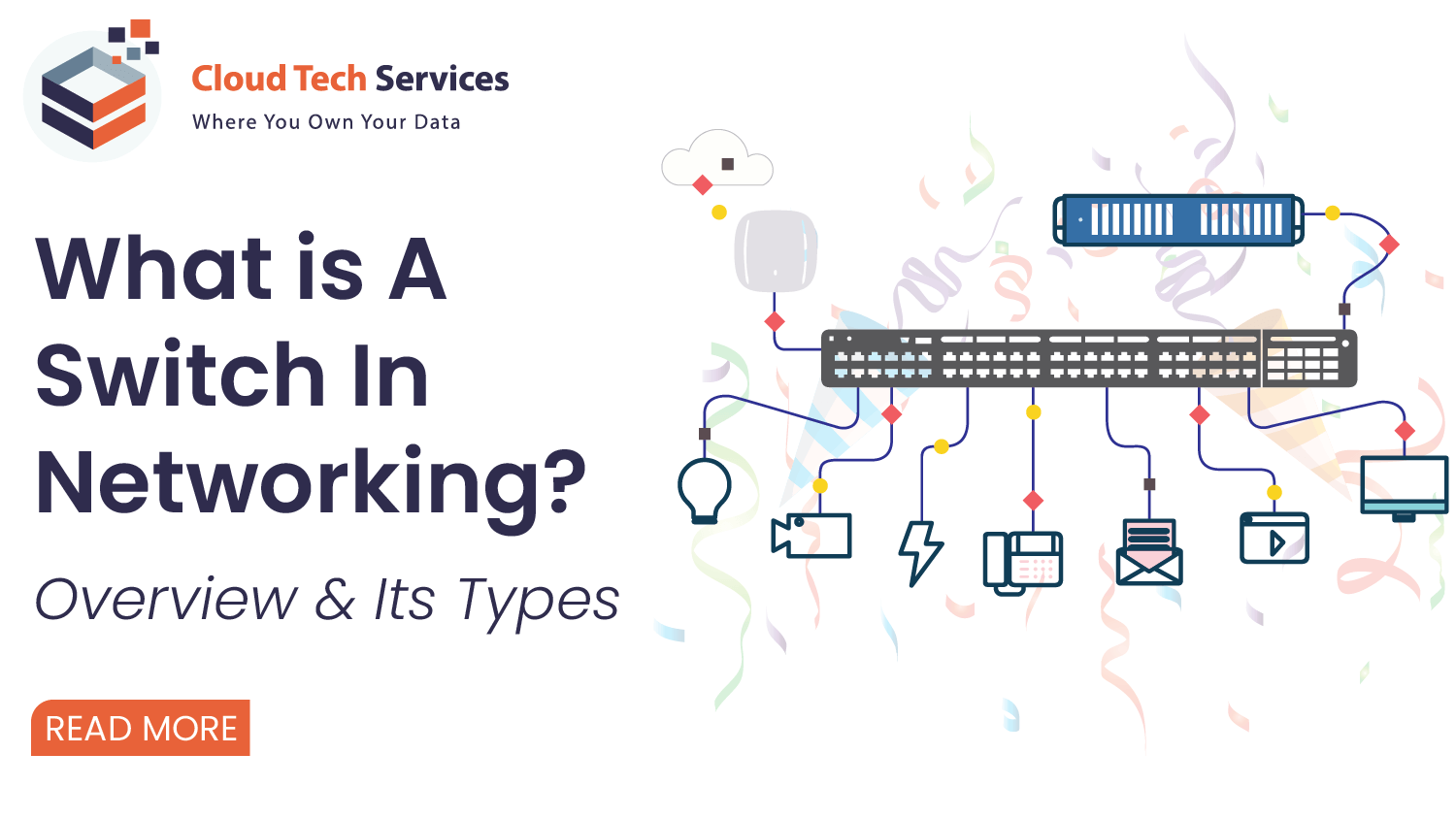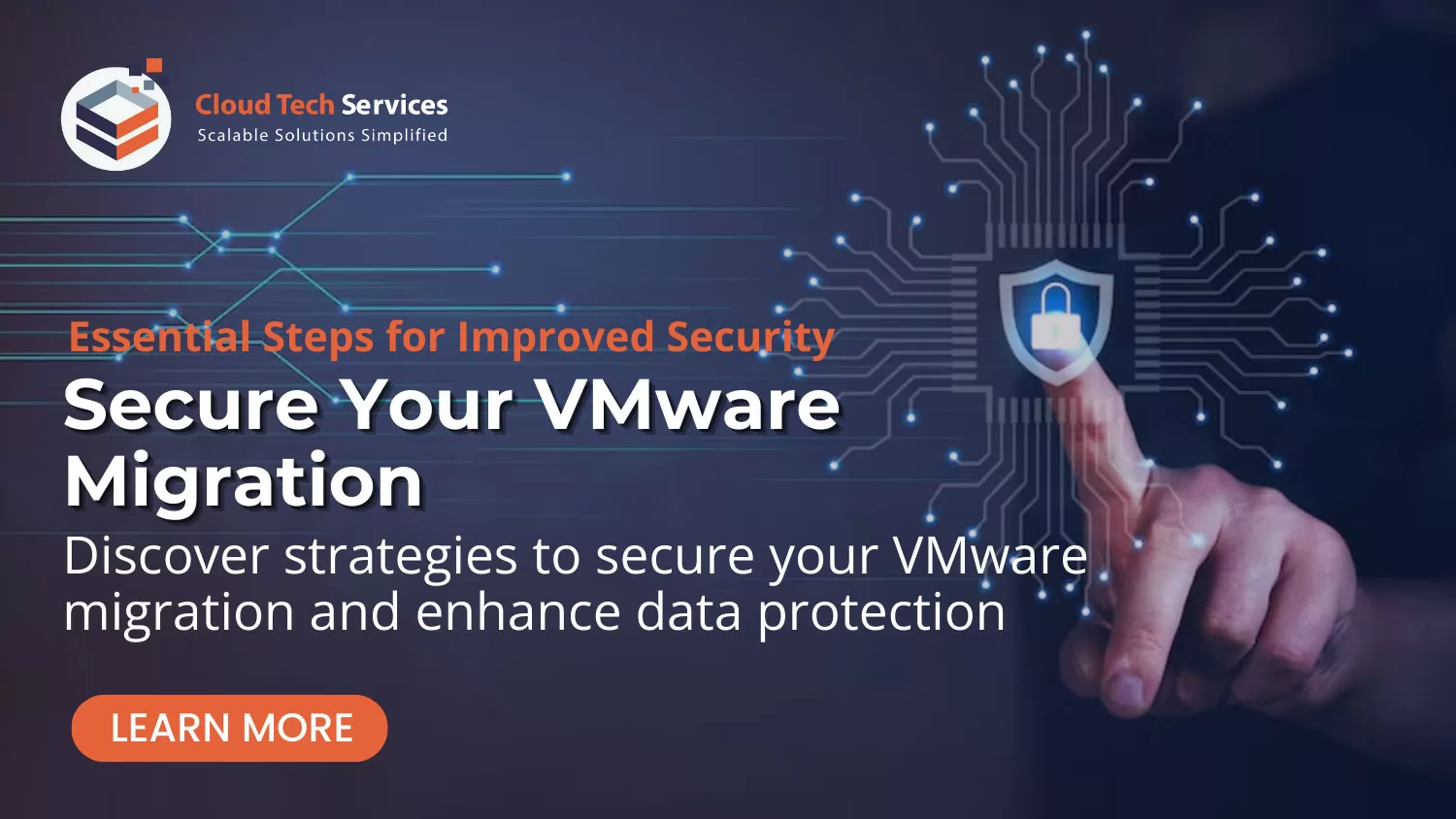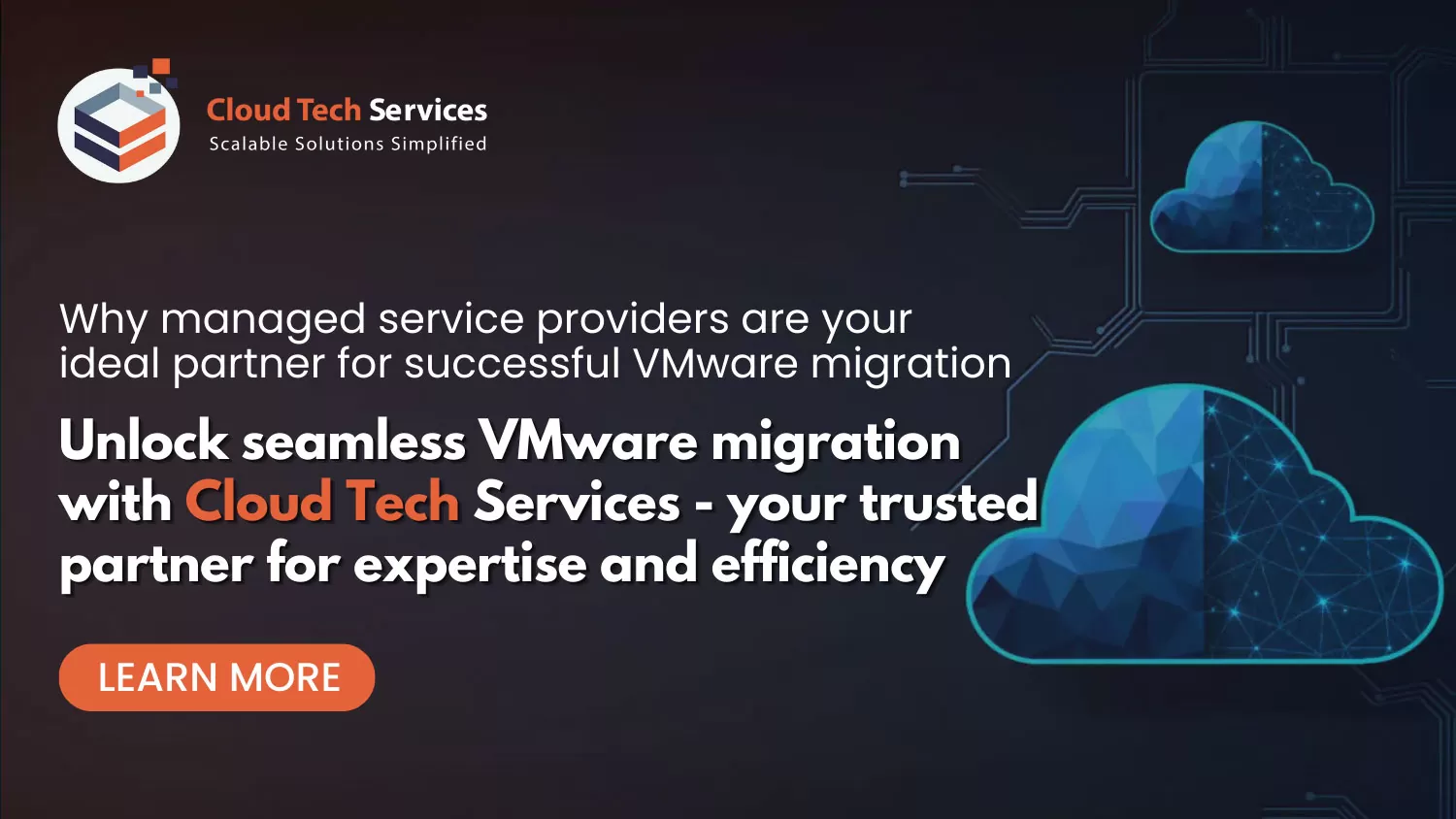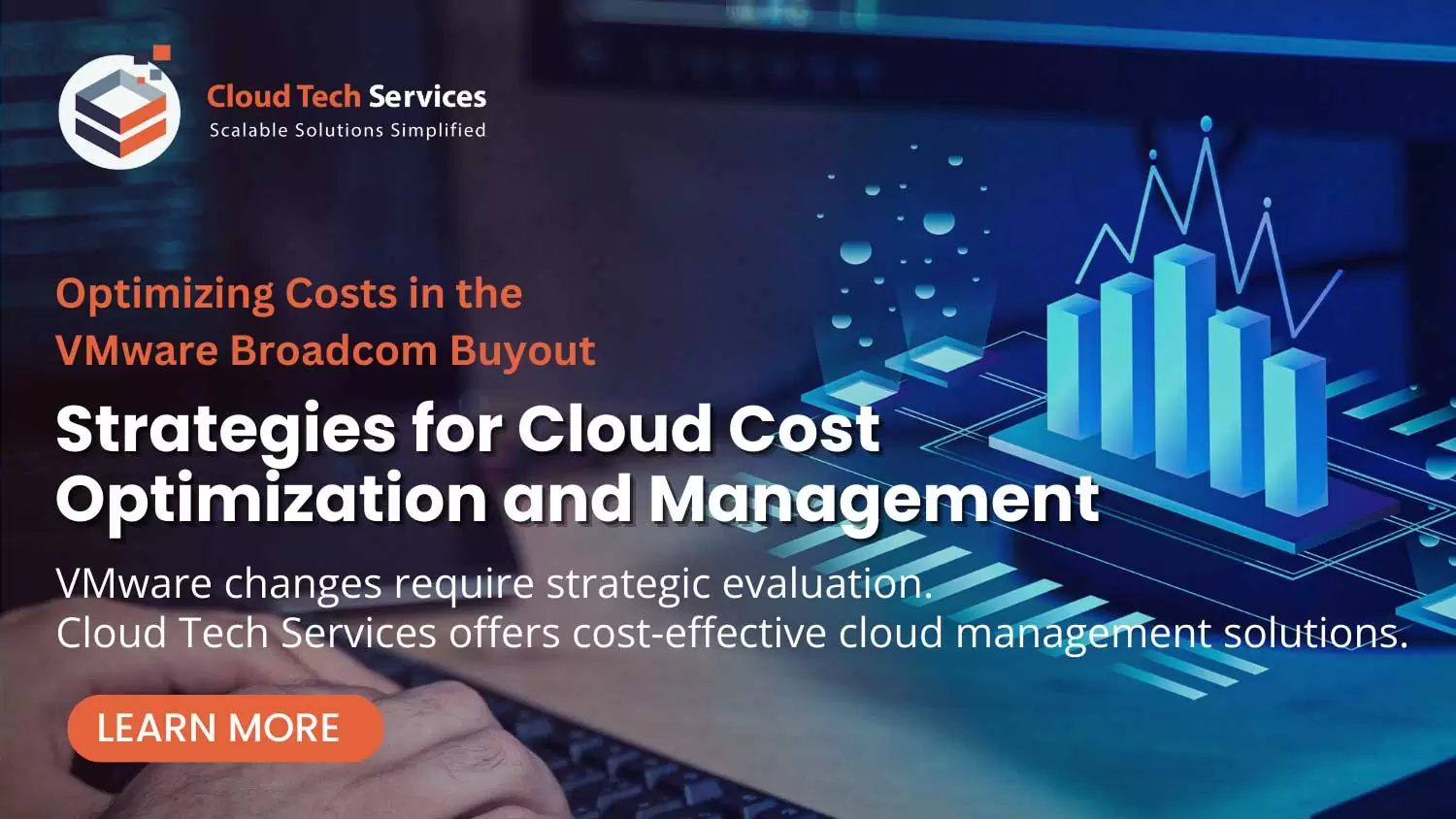7 SRE Best Practices to Achieve Infrastructure Excellence
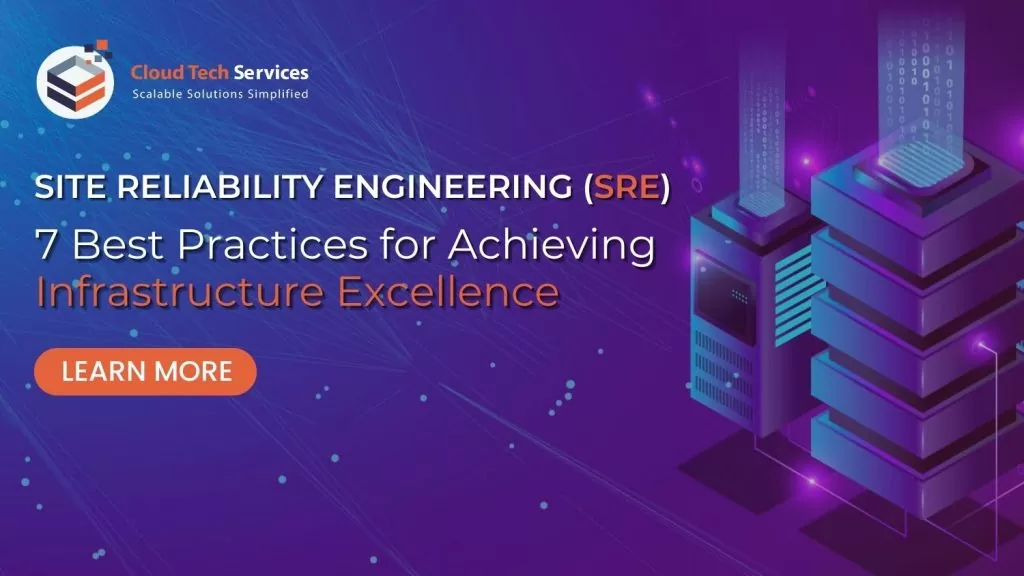
7 SRE Best Practices to Achieve Infrastructure Excellence Every business strives for customer satisfaction, but service failures are the ultimate nightmare. You invest heavily in planning and preparation, yet outages still strike, leaving users frustrated and questioning your service’s reliability. This constant downtime threat creates a dilemma: how do you keep pushing forward with innovative […]
How a Unified NOC & SOC Solution Can Save Your Business

How a Unified NOC & SOC Solution Can Save Your Business Did you know that according to IBM, the average cost of a data breach rose to a record $4.35 million by 2023? Network is key for any business as it is the backbone to connect your employees, customers and important data. Just as […]
Boost Business Efficiency with our Network Support Services
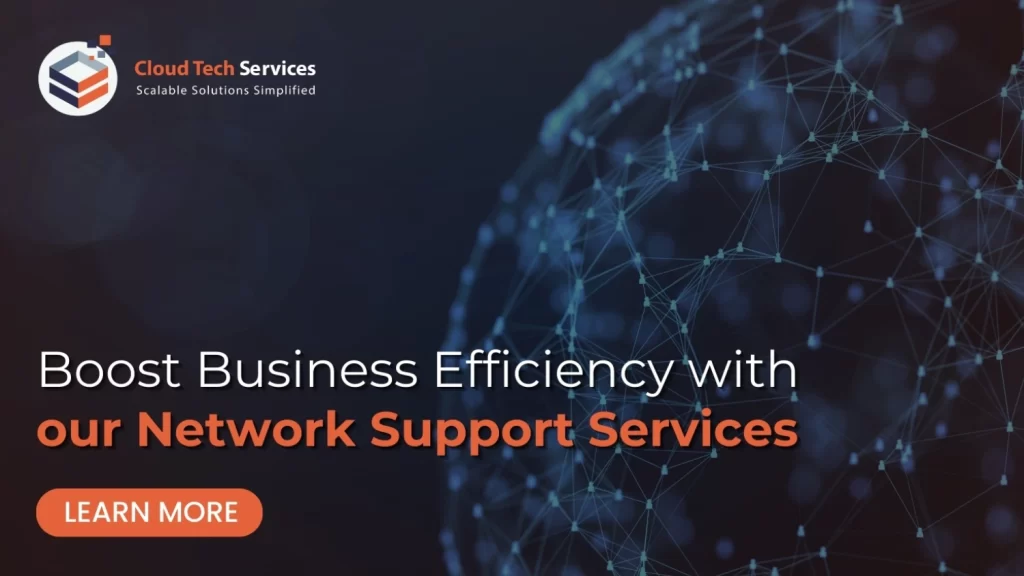
Boost Business Efficiency with our Network Support Services Did you know the average data breach cost was $4 million (the highest value ever recorded, with a ~15% increase over 3 years) as per IBM’s Cost of Data Breach Report 2023. Is your business operating below capacity? Avoid network problems and optimize your operations with our […]
Why Your Business Needs Tiered Support for 24/7 Monitoring Services
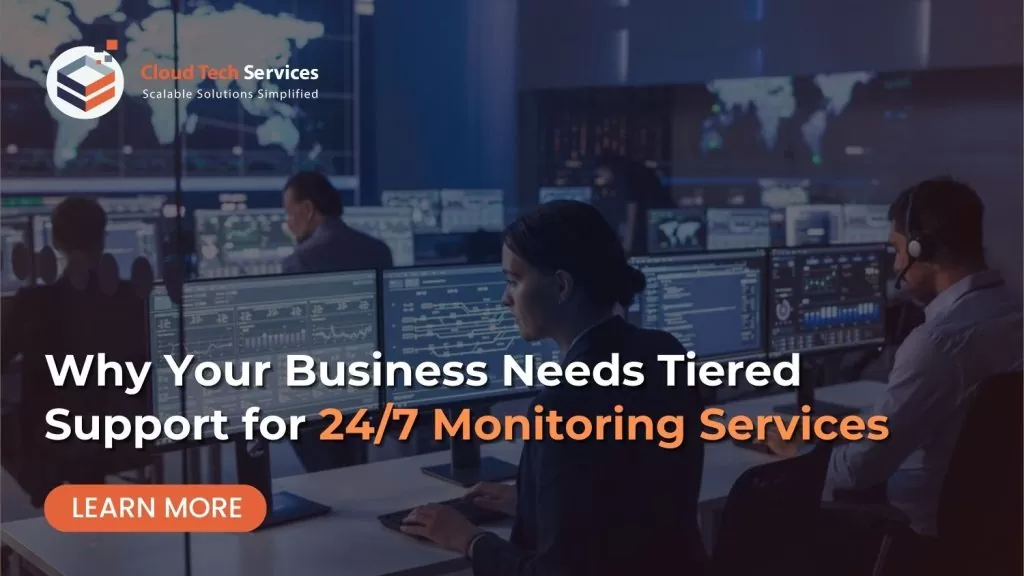
Why Tiered Support is Essential for 24/7 IT Monitoring Services Why Your Business Needs Tiered Support for 24/7 Monitoring Services A solid IT infrastructure is the foundation of any successful business. For businesses, whether small or medium-scaled (SMBs), building and maintaining a strong in-house IT support team for 24/7 network monitoring can be an expensive […]
Why Your Business Needs a Managed SOC: 7 Benefits for Enhanced Security

Why Your Business Needs a Managed SOC: 7 Benefits for Enhanced Security According to IBM, the average cost of data breach in 2023 reached $4.35 million Cyberattacks are a constant threat to businesses of all sizes and can lead to operational disruption and cost damage. The Managed Security Operations Centre (SOC) is a powerful solution […]
Fortifying Network Security: The Role of Managed NOC Services
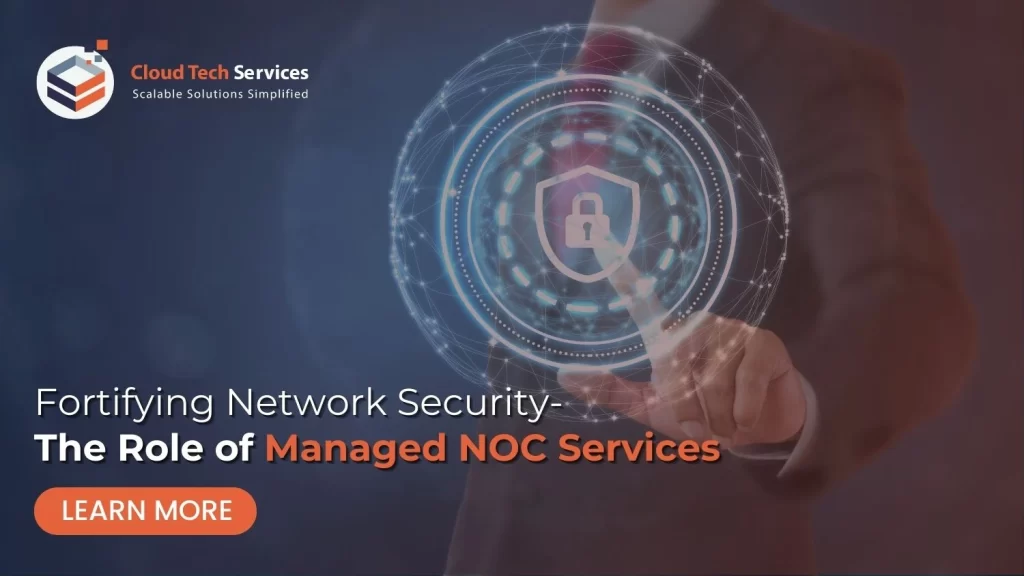
Fortifying Network Security: The Role of Managed NOC Services In recent years, the digital footprint of organizations has exploded due to the Internet of Things (IoT) and cloud computing. Small and medium-sized businesses (SMBs) are increasingly migrating data and applications to the cloud, creating complex hybrid IT environments. However, this digital expansion comes with heightened […]



